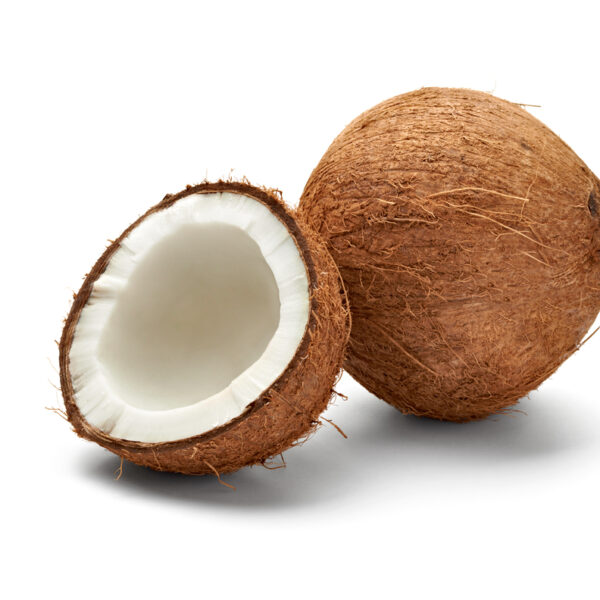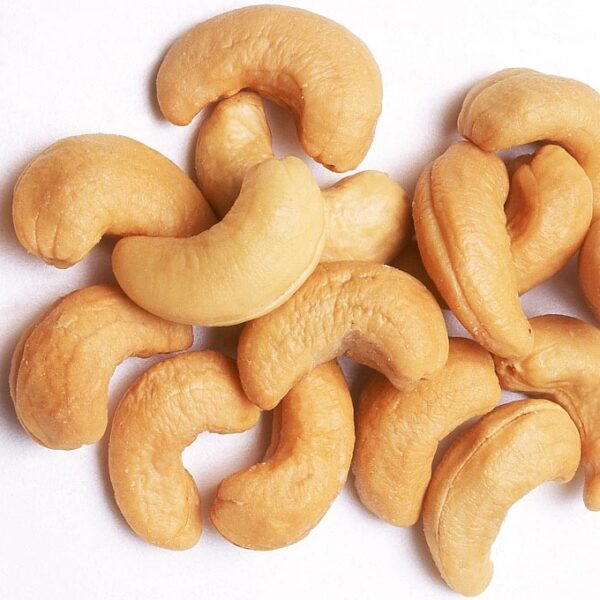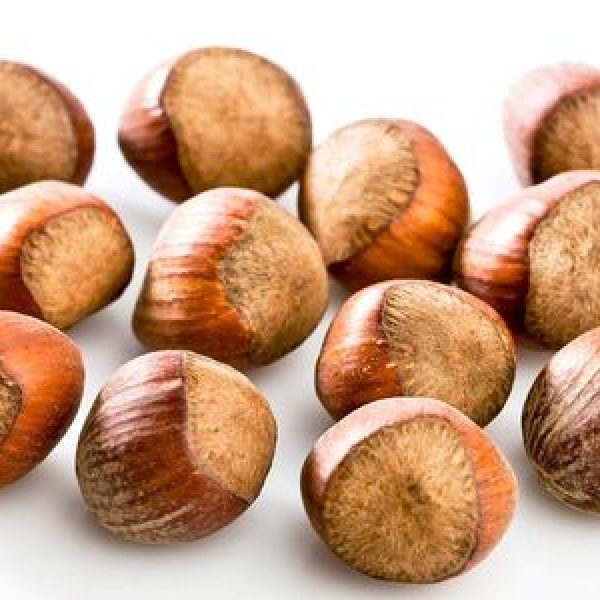DESCRIPTION
Culinary nuts are typically dry edible seeds or fruits that have a high fat content. A walnut is the edible seed of a drupe of any tree of the genus Juglans, particularly the Persian or English walnut, Juglans regia. Although culinarily considered a nut and used as such, it is not a true botanical nut. After full ripening, the shell is discarded and it is used as a garnish or a snack.Walnuts are rounded, single-seeded stone fruits of the walnut tree commonly used for the meat after fully ripening between September and November, in which the removal of the husk at this stage reveals a browning wrinkly walnut shell,[1] which is usually commercially found in two segments (three or four-segment shells can also form). During the ripening process, the husk will become brittle and the shell hard. The shell encloses the kernel or meat, which is usually made up of two halves separated by a partition within a fibrous sheath that splits when ripened. The seed kernels – commonly available as shelled walnuts – are enclosed in a brown seed coat which contains antioxidants. The antioxidants protect the oil-rich seed from atmospheric oxygen, thereby preventing rancidity.
World Production
- Worldwide 4,498,442 tonnes of walnut is produced per year.
- China is the largest walnut producer in the world with 2,521,504 tonnes production per year.
- China produces alone more than 50 % of world’s walnut.
- United States of America comes second with 592,390 tonnes yearly production.
- With 321,074 tonnes of production per year, Iran is the third largest producer of walnut.



































































